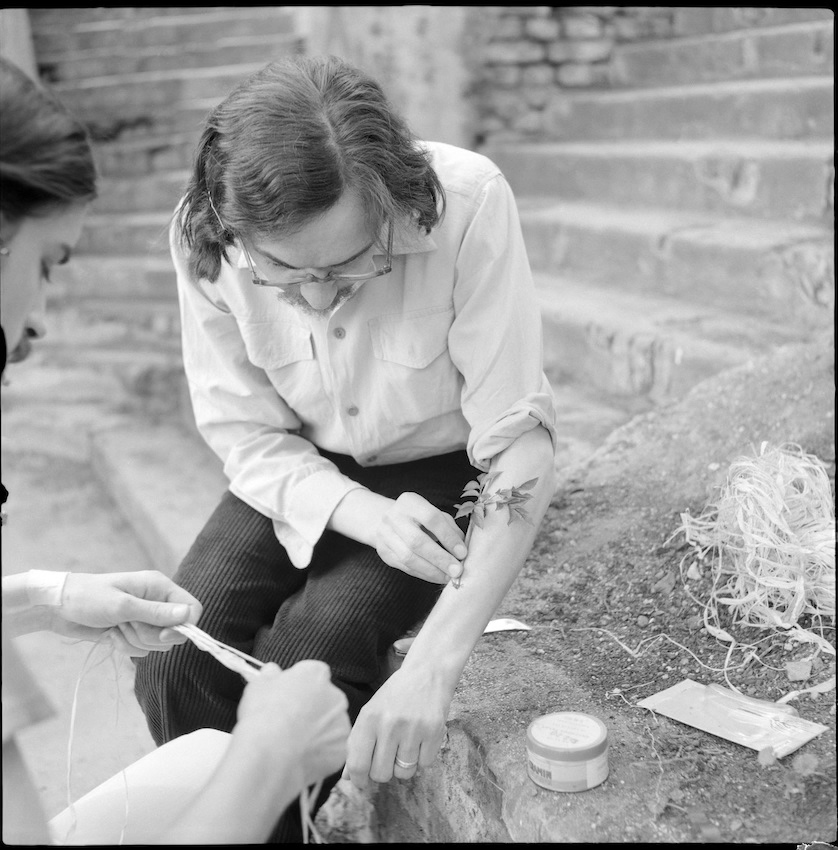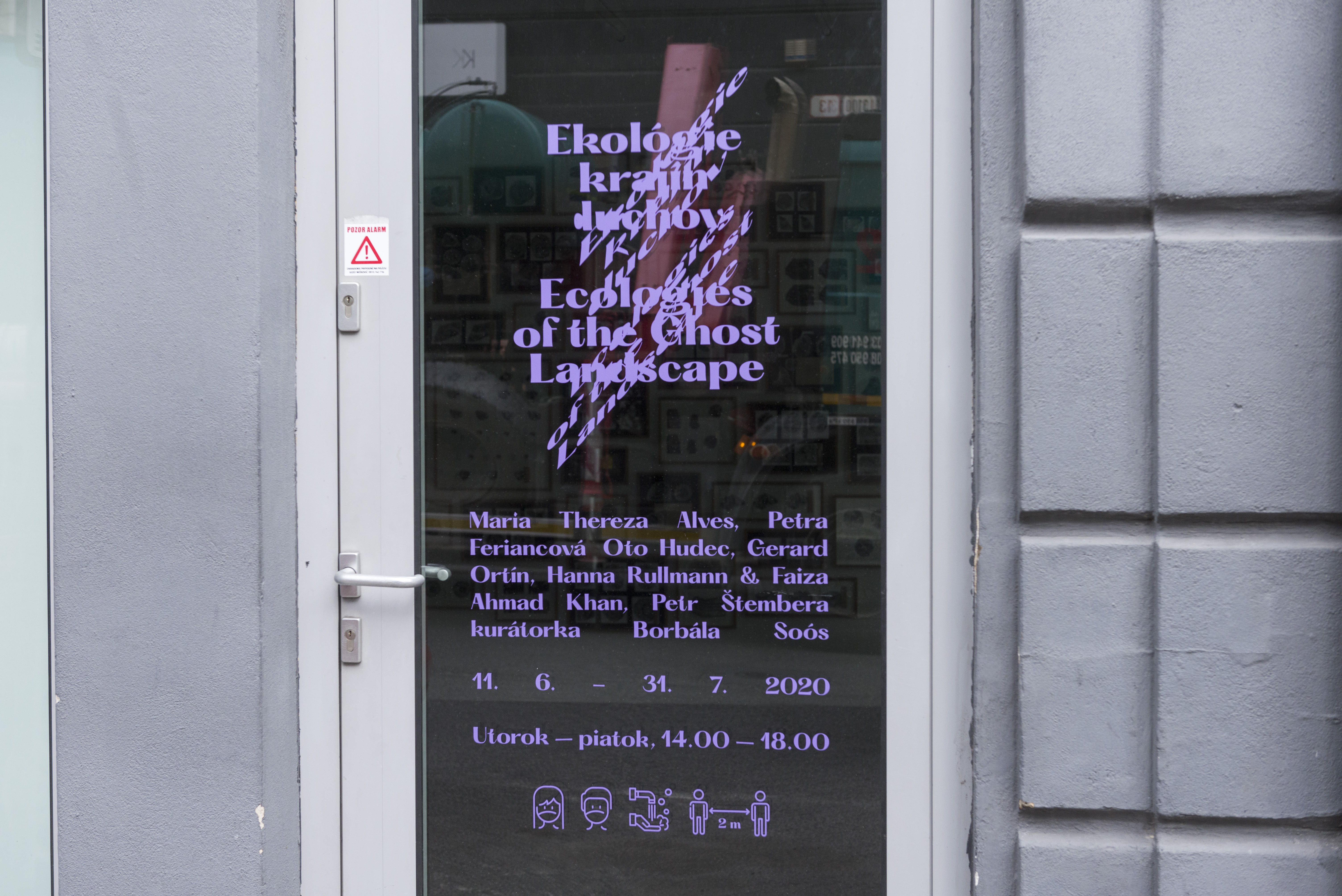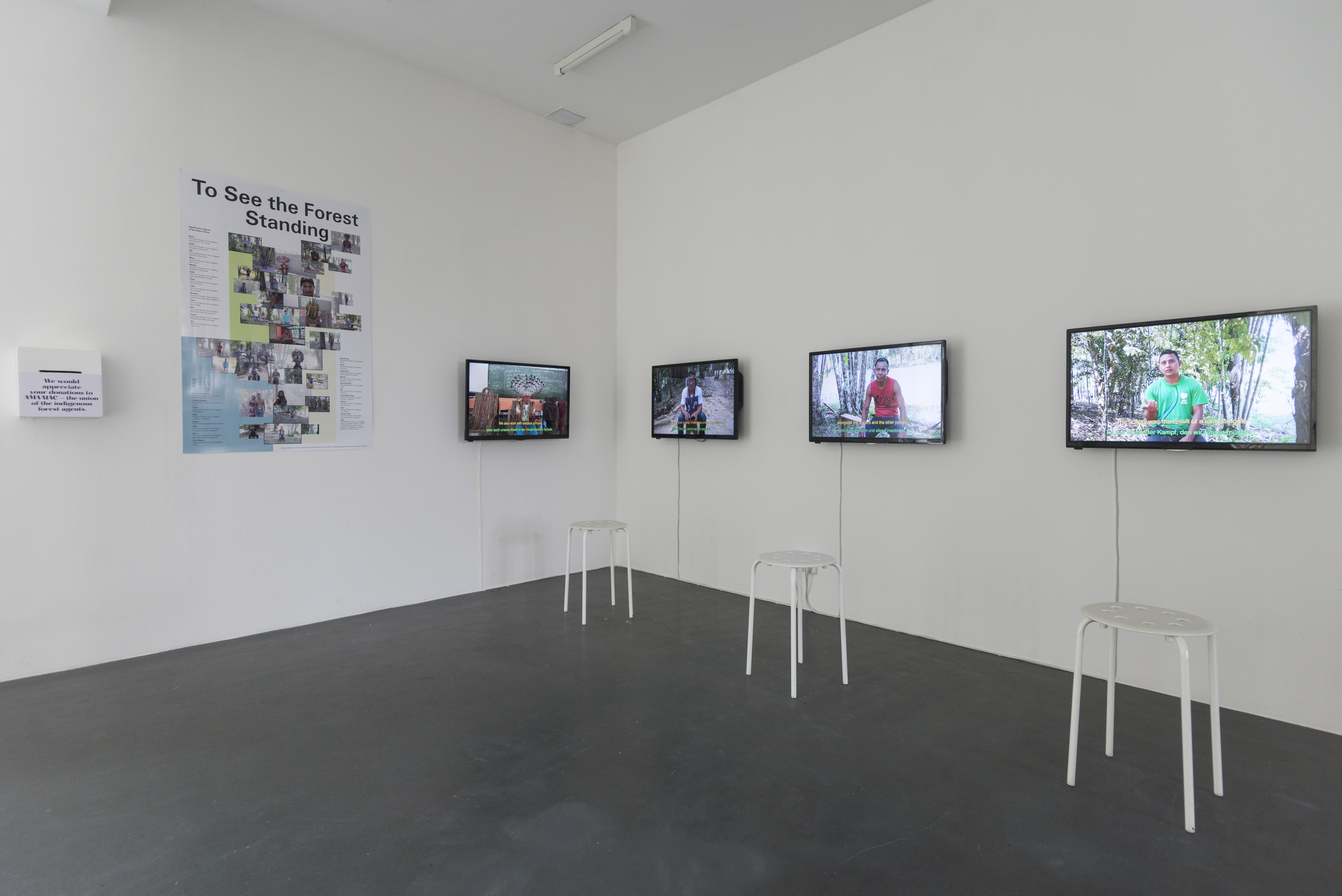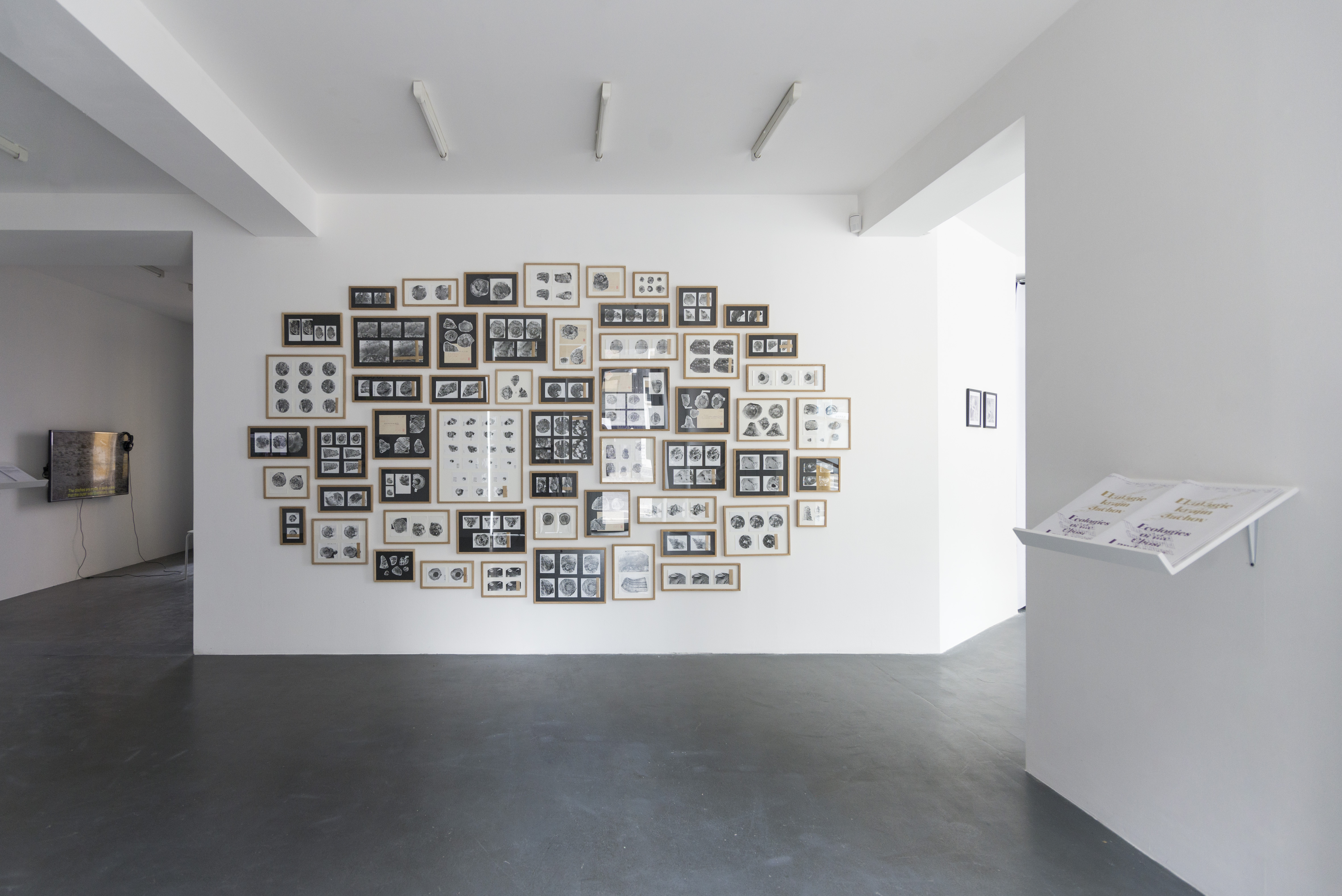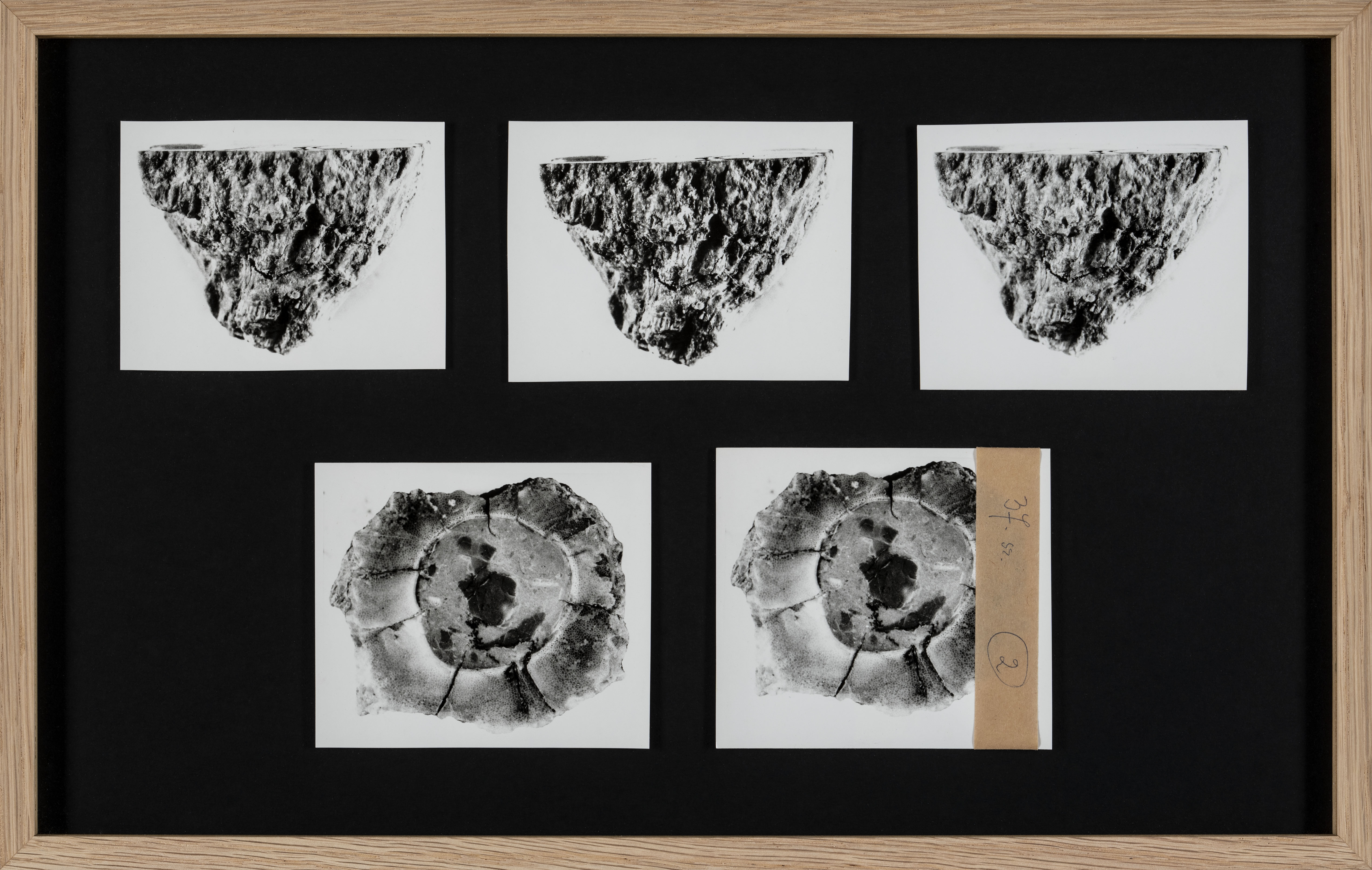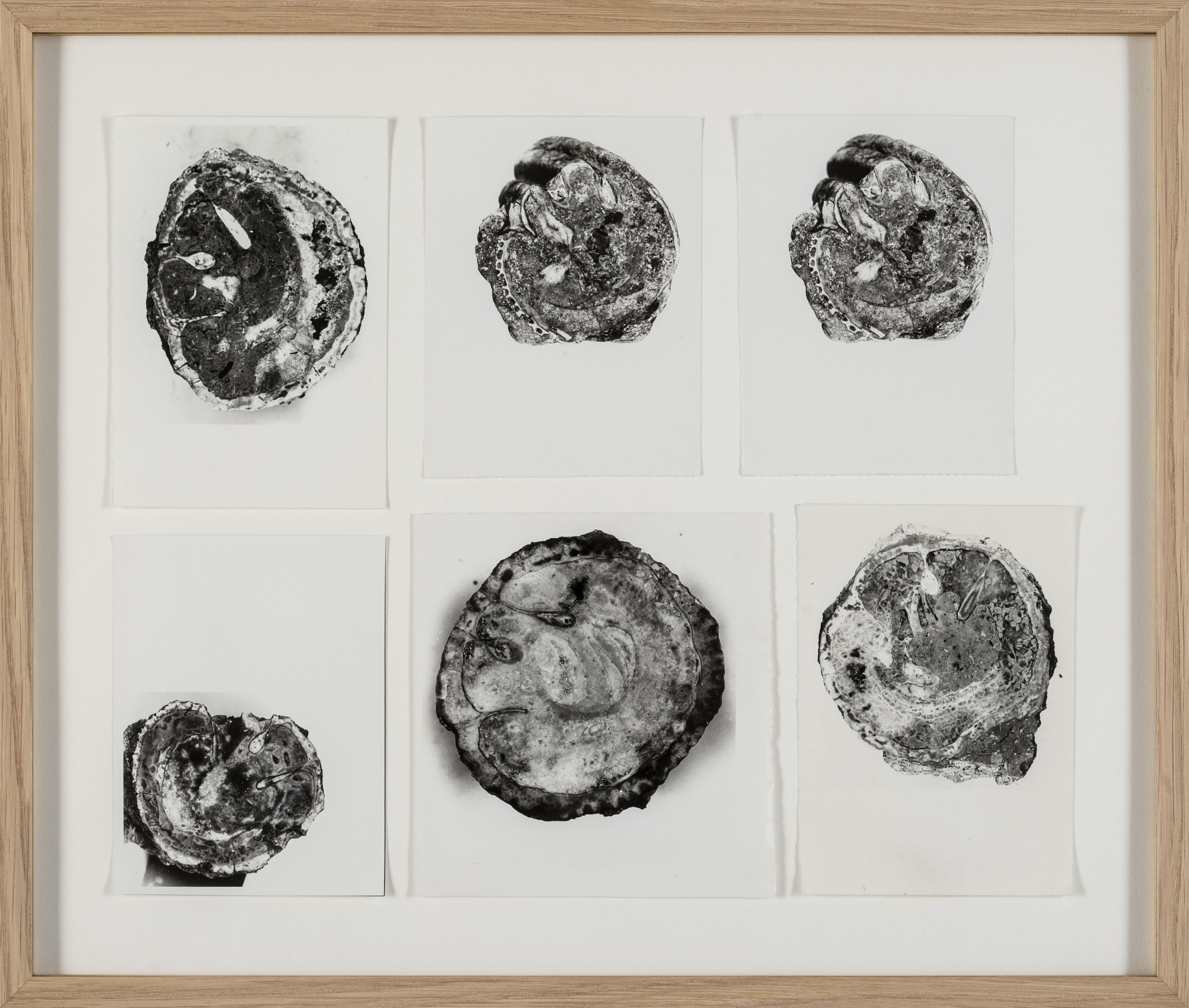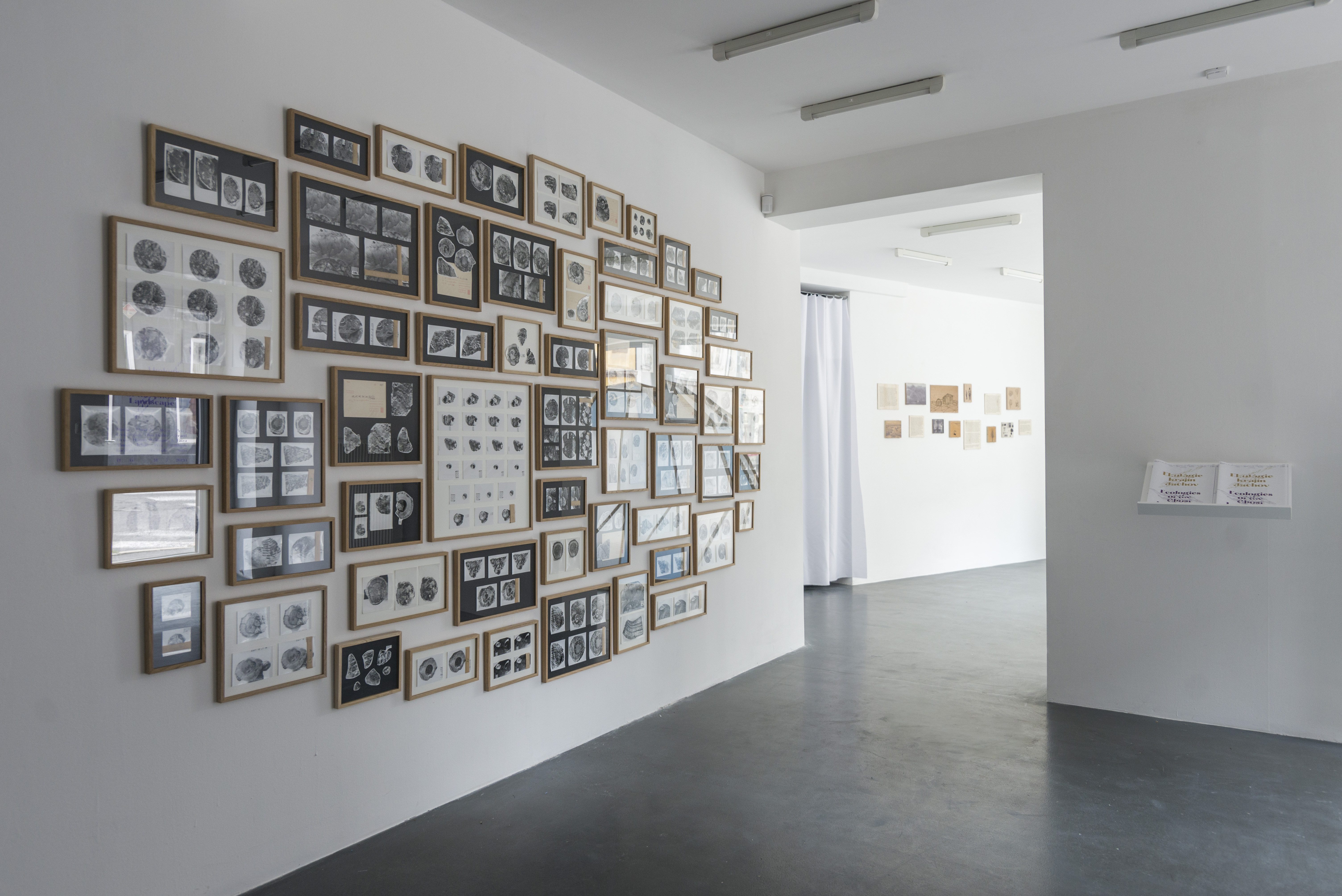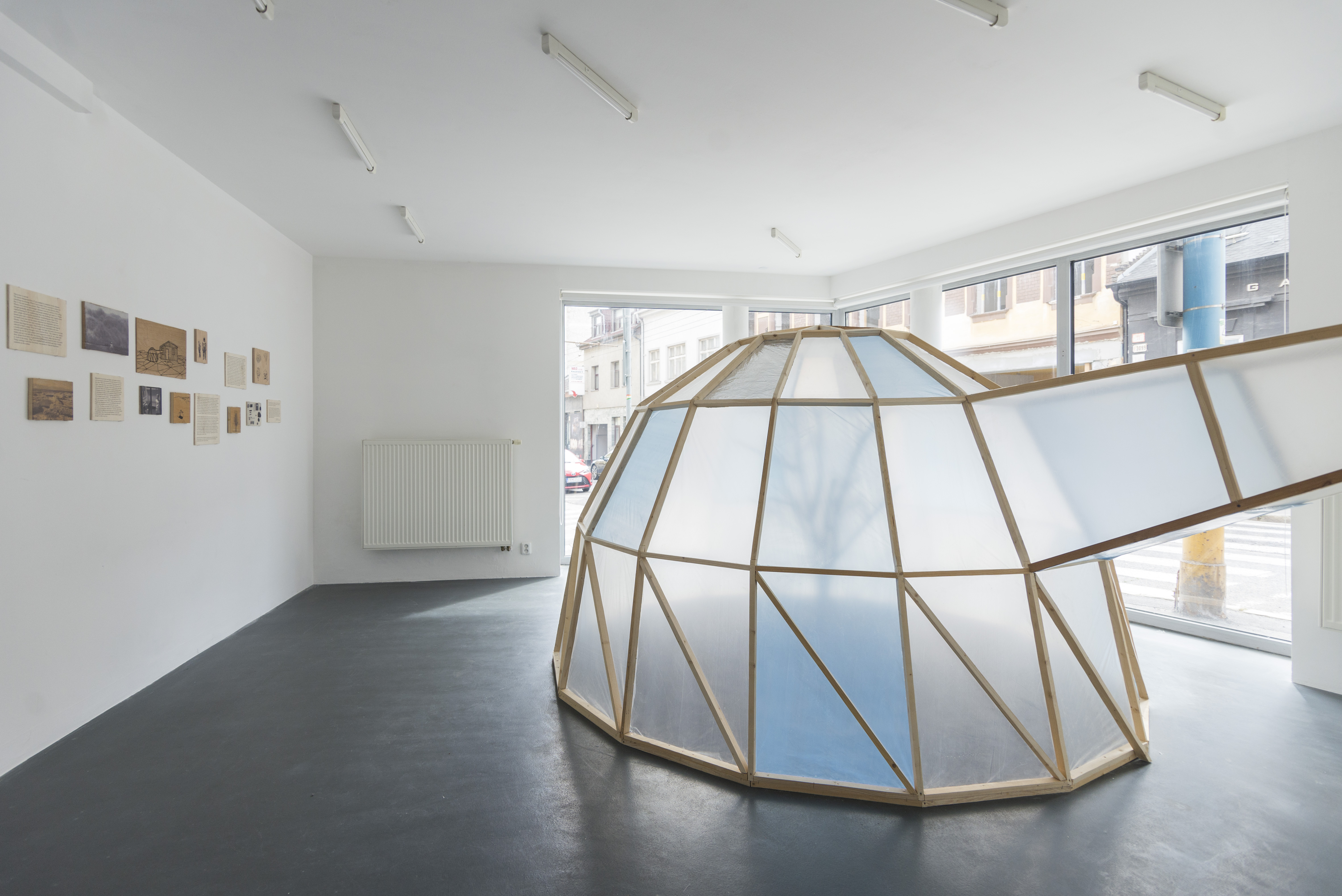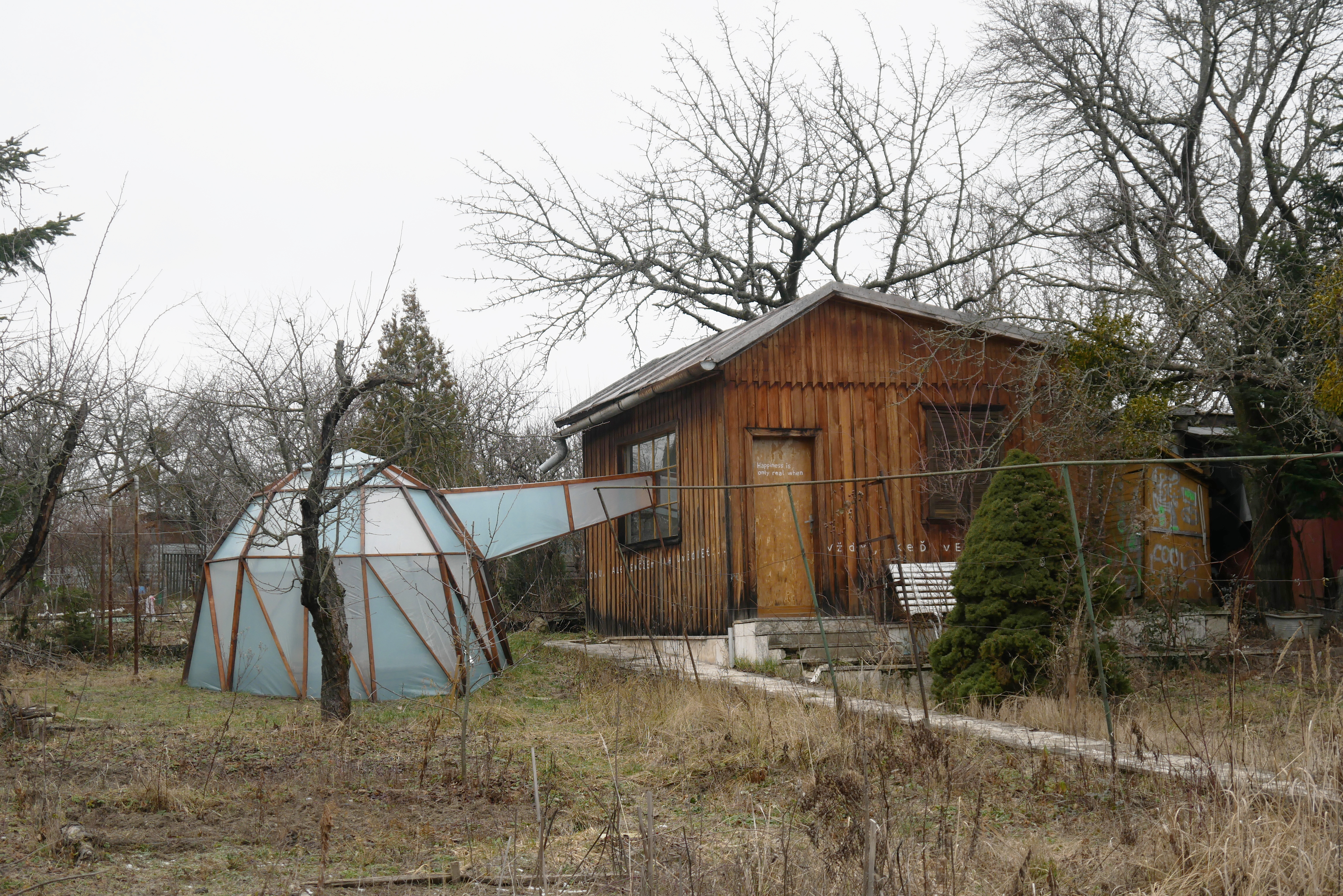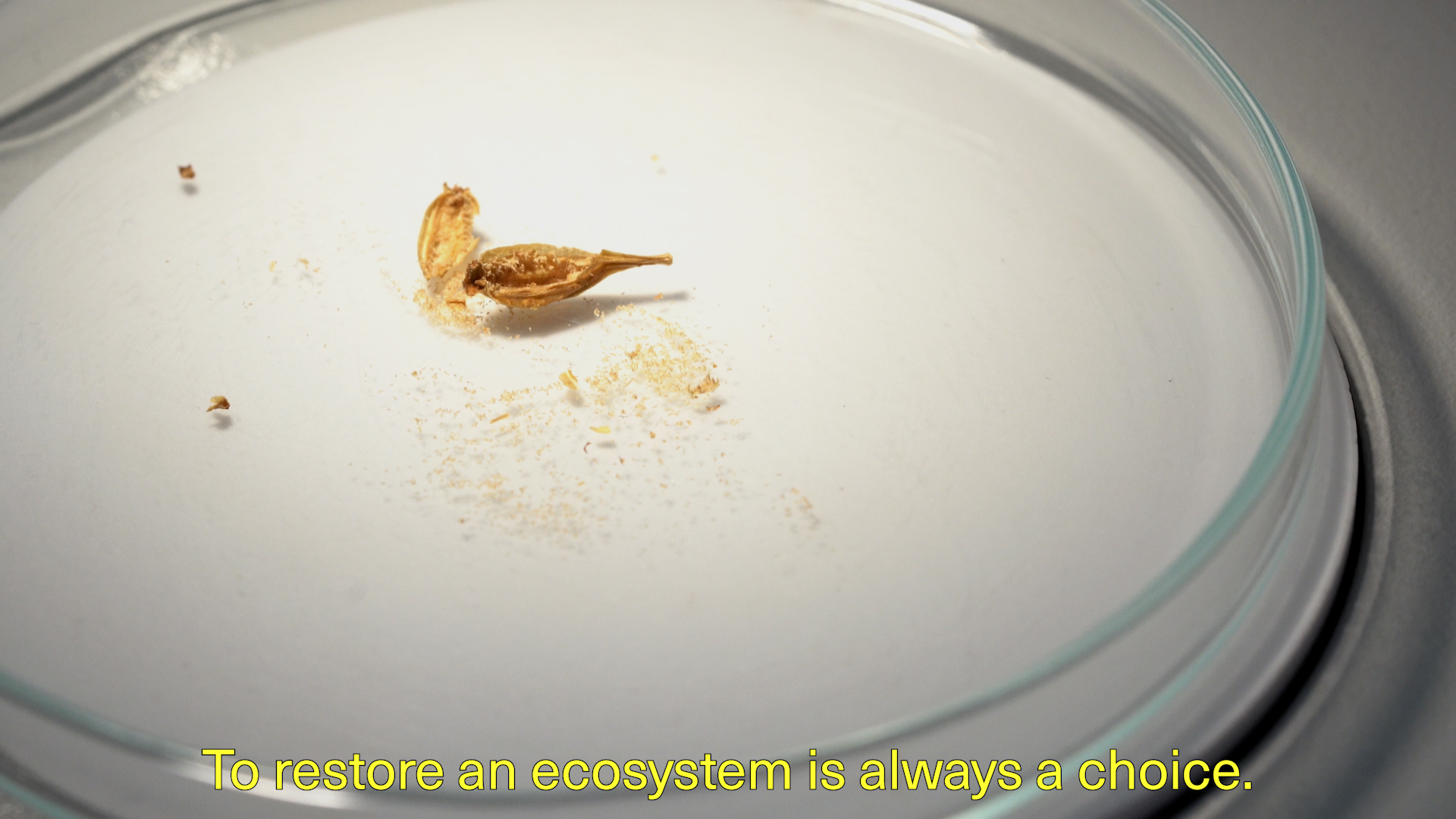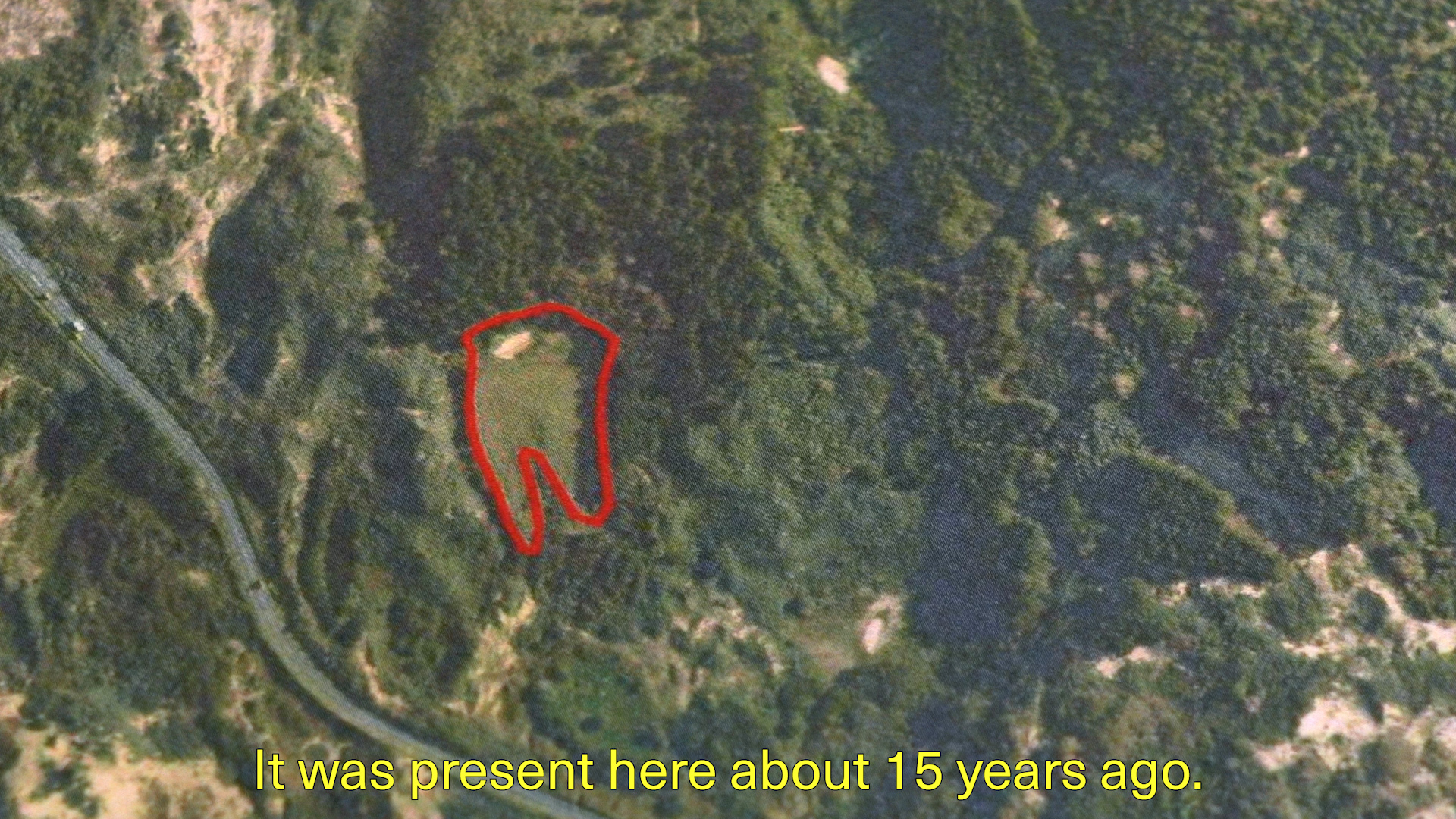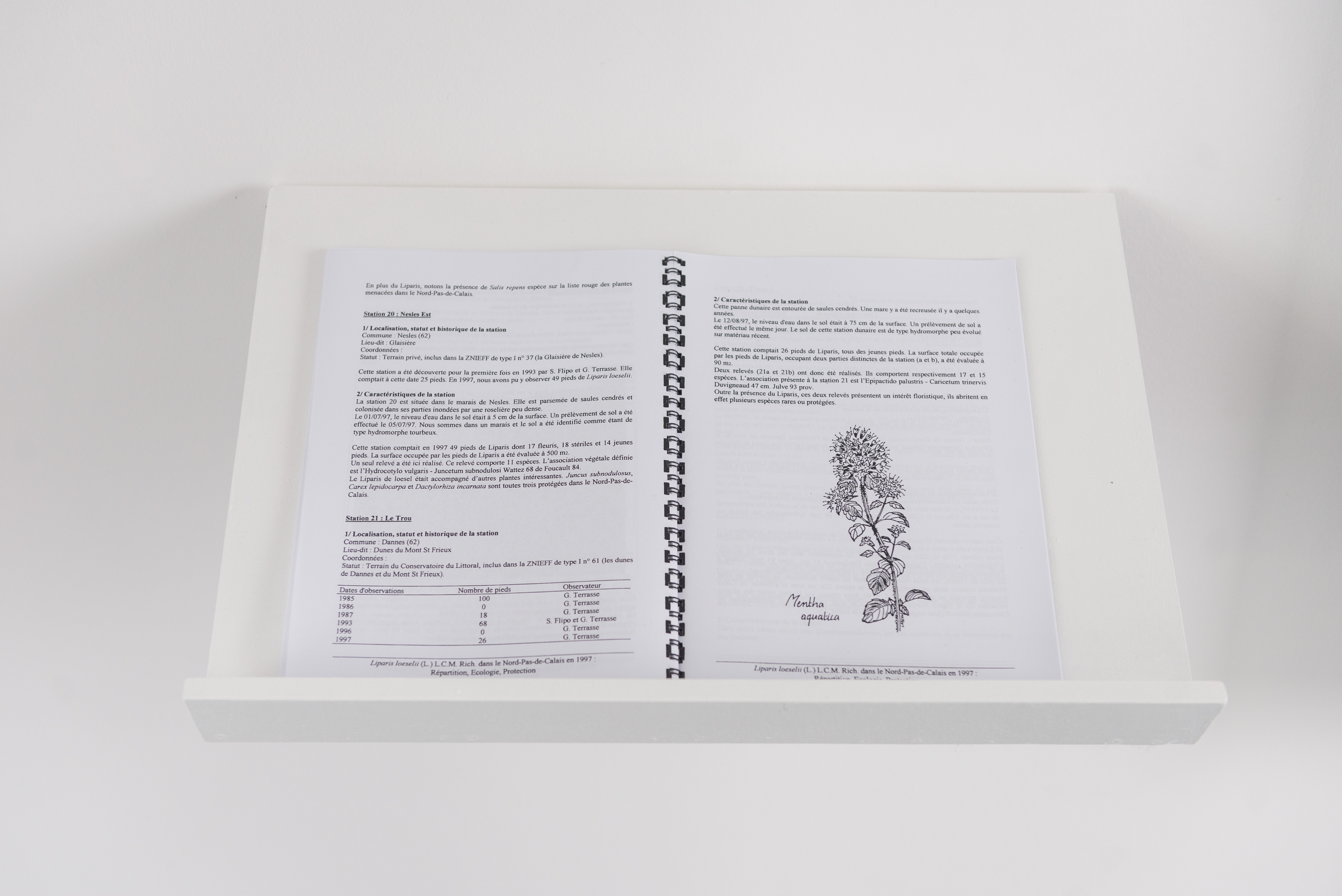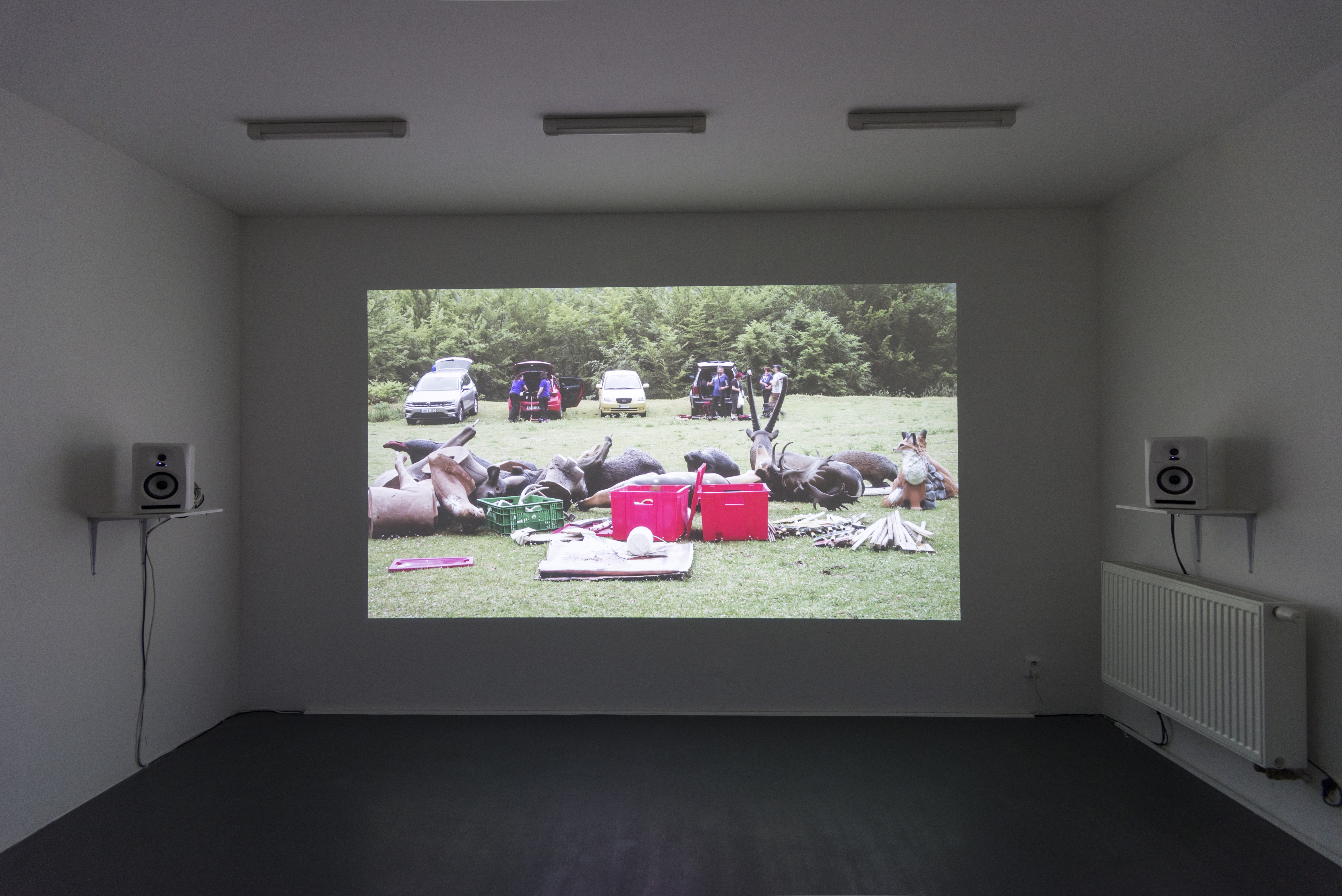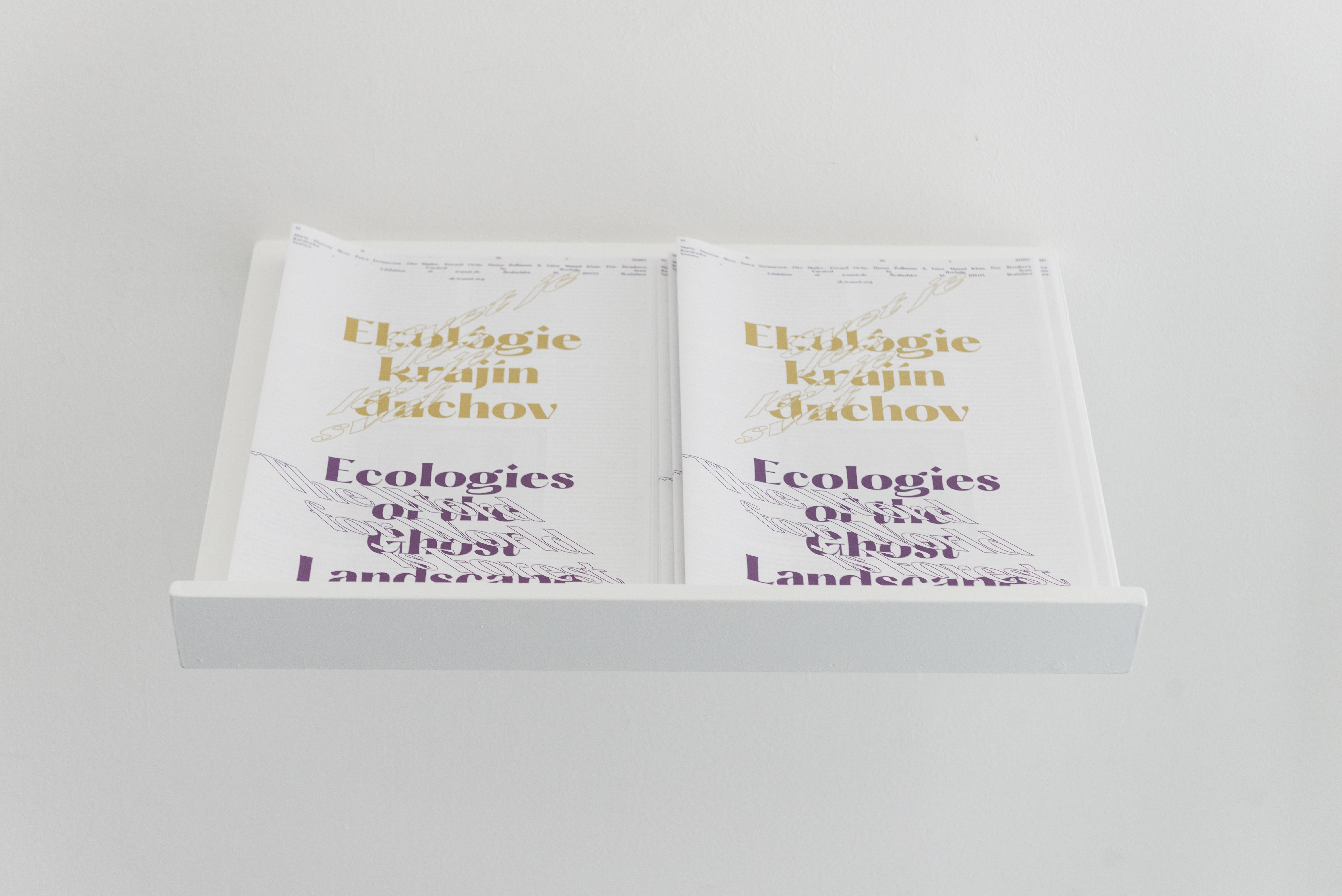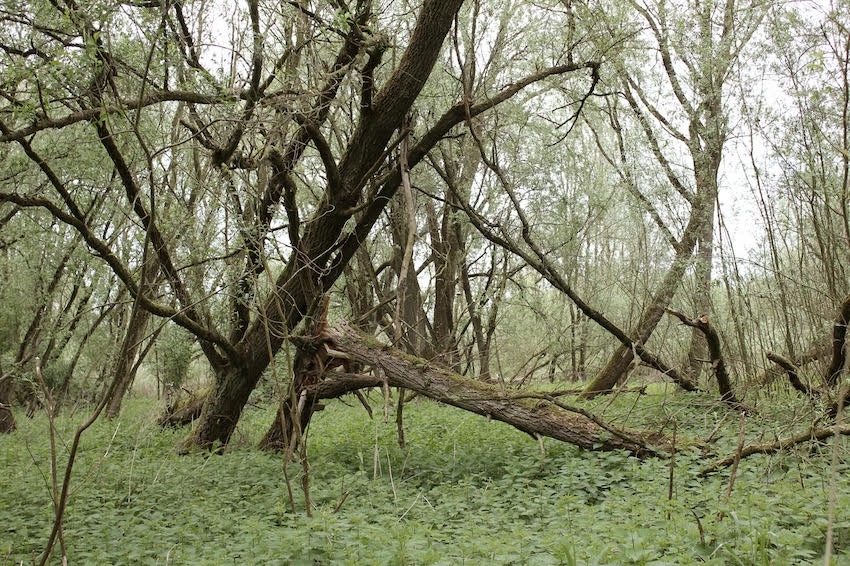
Ecologies of the Ghost Landscape
The Word for World is Forest*
tranzit.sk, Bratislava, Slovakia
11 June – 1 August 2020
Maria Thereza Alves, Petra Feriancová, Oto Hudec, Gerard Ortín, Hanna Rullmann & Faiza Ahmad Khan, Petr Štembera
Originally we were supposed to open “Ecologies of the Ghost Landscape, The Word for World is Forest” in early April 2020, which we had to postpone until June. In the meantime, in response to the spread of Covid-19, the streets have turned into ghost landscapes themselves and many of us are searching the refuge in the countryside and yes, in the forest. This sudden urgency surprised us but we hope that the particular time of being isolated together, will paradoxically help us to recognise our mutual interdependencies and explore new formats of solidarity. In the meantime, as part of the project, some of our activities will move online and consist of reading groups, lectures, textual and audiovisual contributions curated by Borbála Soós and participating artists.
--
The underlying condition in which this exhibition and related events and online activities came about is a global emergency, one which is emerging out of an unfolding ecological crisis and can be attributed to the violent process of rampant deforestation, which constitutes a continuation of imperial methods of territorial control. This massive reshaping of the land, together with the shifting baselines regarding what kind of green deserts we are willing to accept as forests, might be seen as a symptom of our Anthropocene epoch. The show conjures up the ghosts of lost or near-extinct species, forests and sensations.
The ongoing colonial and capitalist expansion has been ending worlds for as long as they have been in existence, and is the main driver of the deforestation and species loss which local habitats fall victim to. The displacement of communities and the severing of complex entanglements follow in their wake. These processes interrupt our long relationship with the ontological multiplicity of the forest that is teeming with connections, temporalities and perspectives, a relationship that has defined cultures and even language. Hence, in this exhibition the forest is understood as an ecology including human and non-human beings, as well as the cultivation, social and cultural practices, politics, tensions and wars it entails.
Nature and natural are culturally constructed terms that bear many historical and social connotations and contradictions. They have been used to render exclusion and oppression, and against which certain groups of people were defined. Similarly, the concept of the ‘wild’ was created by a colonial imaginary to reject both the Other and Other spaces as being outside of its system. Further to this, the opposition of forest and city, much like the opposition of wilderness and control, have been long-standing paradigms that perpetuate a distancing between these systems and aid the exploitation of valuable resources.
In this exhibition, ideas around rewilding and renaturing feature as propositions with varying aims and interests. On the one hand, rewilding is a visionary ecosystem management strategy involving the re-introduction of certain keystone species in habitats depleted in biodiversity (due to human interference). It kick-starts processes that give rise once again to rich ecologies of multi-species entanglements. Without necessarily romanticising the past, rewilding has the potential to create rich, dynamic and resilient ecologies. Rewilding can be understood in an expanded social, political and activist sense, with the potential to help recuperate the voices of the erased, including the subjugated and oppressed, the indigenous and endemic, the human and non-human. The place ‘where wild things are’ represents the anti-hegemonic, where disorder and disobedience interrupt neat narratives, and where new kinds of structures can arise.
Rewilding and renaturing are also controversial terms. They claim multi-species relations but remain a human-centred directive (man as saviour). Whilst they have great promise as actual practical propositions to counter global warming and diversity loss, the same problems remain with their implementation regarding who controls the territories, borders and the rules of engagement, and what they expect to gain from such processes. The exhibition probes this problematic as the artworks build on situated knowledges of ecologies from diverse geopolitical areas and realities.
--
*The subtitle of the exhibition references sci-fi writer Ursula K. Le Guin’s novella ‘The Word for World is Forest’, written in response to the Vietnam War in 1972. She examines colonisation, chauvinism, racism and ecological disaster as intertwined forces. In her story a Terran military logging colony sets up on planet Athshe at a time when wood has become more valuable than gold. The non-aggressive native Athsheans are enslaved, the planet and its people suffer much violence as the planet is ‘cleared up and cleaned out’ or ‘un-worlded’. Eventually one of them, after the death of his wife, leads a revolt against the Terrans, and succeeds in getting them to leave the planet. The novella takes a strong anti-colonial and anti-militaristic position and explores themes of sensitivity to the environment, and the connections between environment, language and culture.
--
Erste Foundation is the main partner of tranzit.
Supported by public funding of the Slovak Arts Council.
